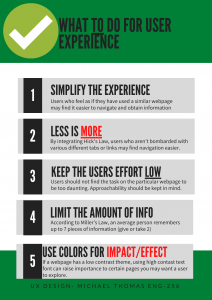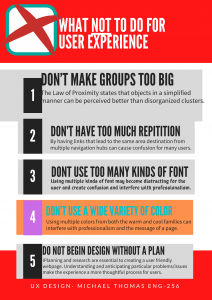https://drive.google.com/file/d/1QxLp8Y4bDssRq7Bu4QgUy5x7VWbLq8RT/view?usp=sharing
The lessons in this website were at first confusing to me given that this is entirely a new area for me. Some students that I noticed said that they were familiar with the idea of coding through various cyber security courses or with specifically Python with some math courses. The experience was similar to that of learning a new language with understanding the grammar and formatting of the language, intertwined with some terms of which I am familiar with but not from an HTML perspective. That being said, at first, I did feel overwhelmed with the language and formatting of the coding. Once I began to actually read the lessons and practice through the examples, I was able to slowly catch on. In addition, I may have taken the harder route by typing my reflections up within the code. One of the pages on the site said that the “Notepad” application is a great way to write these codes in an editor and that I could test them via web browser to see the final product; and that is exactly what I did.Though this took more time in the process, this helped me significantly as any errors in the coding that I made reflected in the final outcome via web browser after I saved the note as an .htm file.
I believe this furthered my understanding of this as I was able to start from a blank canvas and type the codes in myself, taking note of obvious commands like <h1> for headers of the sections that I was working on and typing my reflections using the tag <p> with emphasis (<i>, <b>) on various aspects of the code. Though the final product ended up being a different font size toward the end, I took this opportunity to essentially treat notepad like a sketch book and record my observations and reflections within the code itself. One aspect that I made a point to learn myself was tackling the issue of inputting multiple source codes on a specific section of text (like to have a header be centered in blue font at a bigger font than other headers). This allowed me to observe the importance of the spacing within the codes as well as the importance of “;” and the quotes as well to encapsulate the specific area that I wanted to target. Though I acheived my goal in doing this with one specific area, I noticed that when I began the CSS section, my colors and background color began to become a bit hidden, so I opted to leave the code out of the actual Google doc, however it is in my reflection.
I have learned a great deal of HTML from absolutely no prior knowledge, however, I humbly say that I am not ready to put HTML on my resume just yet. I feel having practice on this and getting certain tags memorized for efficiency purposes must be mastered first prior to me somewhat entering a mode of comfort with the practice of HTML rather than experience.

